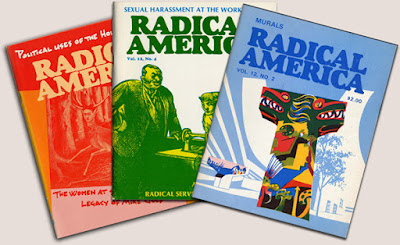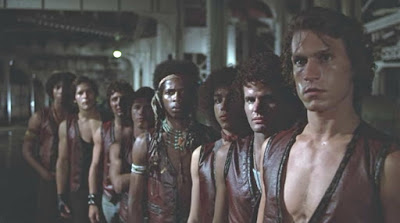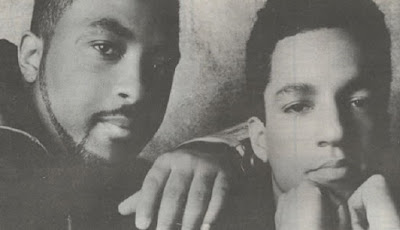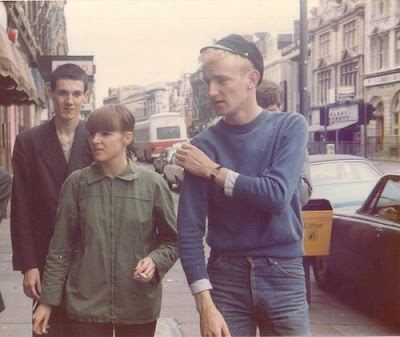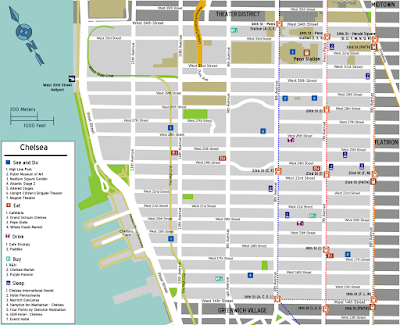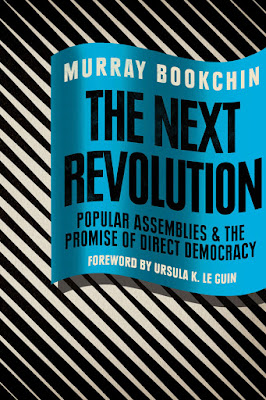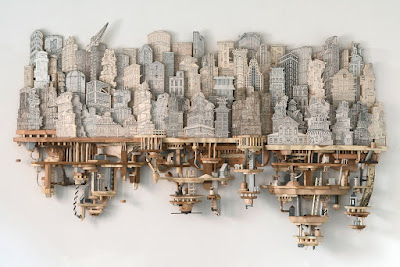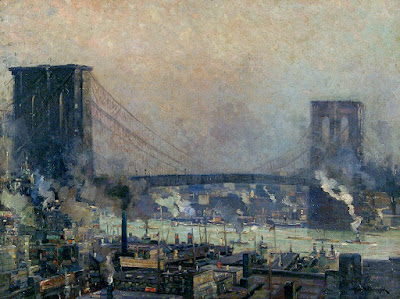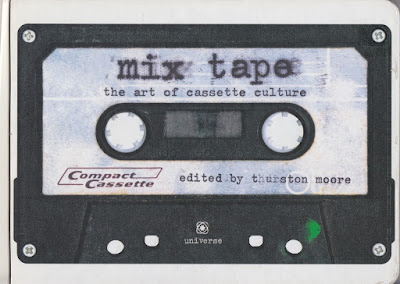
"In this episode, we recount almost 175 years of getting around New York in a private ride. The hansom, the romantic rendition of the horse and carriage, took New Yorkers around during the Gilded Age. But unregulated conduct by ‘nighthawks’ and the messy conditions of streets due to horses demanded a solution. At first it seemed the electric car would save the day but the technology proved inadequate. In 1907 came the first gas-propelled automobile cabs to New York, officially ‘taxis’ due to a French invention installed in the front seat. By the 1930s the streets were filled with thousands of taxicabs. During the Great Depression, cab drivers fought against plunging fare and even waged a strike in Times Square. In 1937, Mayor Fiorello LaGuardia debuted the medallion system as a way to keep the streets regulated. By the 1970s many cabdrivers faced an upswing of crime that made picking up passengers even more dangerous than bad traffic. Drivers began ignoring certain fares – mainly from African-Americans – which gave rise to the neighborhood livery cab system. ..."
The Bowery Boys: New York City History
2012 June: Taxicabs of New York City, 2015 March: In New Exam for Cabbies, Knowledge of Streets Takes a Back Seat

